Richard Beaudoin: Digital Memory and the Archive, Neil Heyde solo cello, with Rohan de Saram, cello (New Focus Recordings FCR 358, 2023) ‘Dialogues with Recordings: Digital Memory and the Archive’, chapter in The Routledge Companion to Applied Musicology (Ed. Chris Dromey, Routledge, September 2023)
This album and book chapter are products of a long-term collaboration between the American composer Richard Beaudoin (an Academy alumnus) and Academy Head of Postgraduate Programmes, Professor Neil Heyde. They explore relationships with iconic recordings, starting from microtimed analyses and proceeding to realised performances of new pieces built upon them. The sources range from Casals playing Bach to Thelonious Monk improvising. The book chapter considers the pieces as models for ways of engaging explicitly with recordings as part of a contemporary practice, with musical notation serving as a bridge. The cover image from the disc (see main article image above) is by permission from British artist Glenn Brown, who distinctly ‘appropriates’ artworks from the past in his own work (‘When We Return You Won’t Recognise Us’, 2020).
Discover more about the work from Neil Heyde here Neil Heyde and Rohan de Saram play Richard Beaudoin's Digital Memory and the Archive and in a review here.
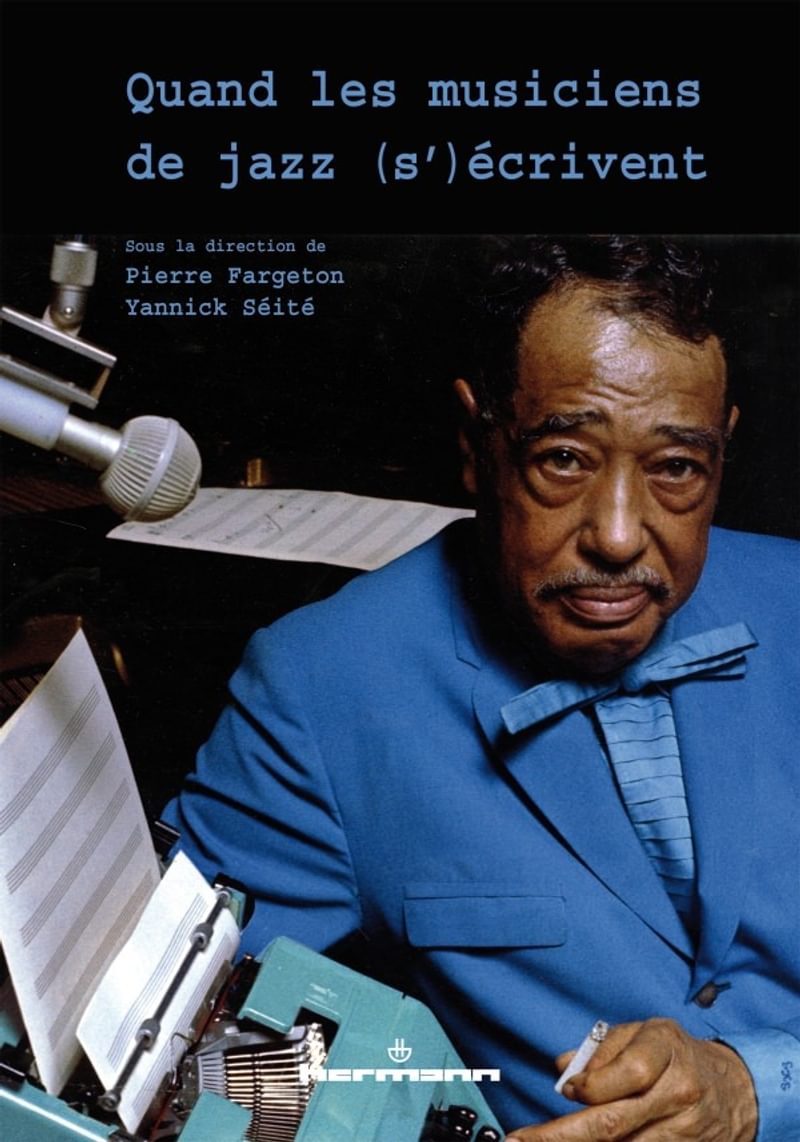
Alyn Shipton: Dans l'atelier de deux autobiographies: Danny Barker et Doc Cheatham in Quand les Musiciens de Jazz S'ecrivent (Ed Pierre Fargeton et Yannick Sieté, Editions Hermann, Paris, August 2023).
This book chapter is an account of the oral history techniques used to work with jazz musicians on their autobiographies, comparing the approaches used in books edited by Jazz Research Fellow and Lecturer in Jazz History Alyn Shipton with Danny Barker and Doc Cheatham, who were both members of the 1930s Cab Calloway Orchestra. The chapter covers oral history interviewing techniques, editorial checking, and methods for collaborative editing with musicians who are not necessarily experienced writers (written in French).
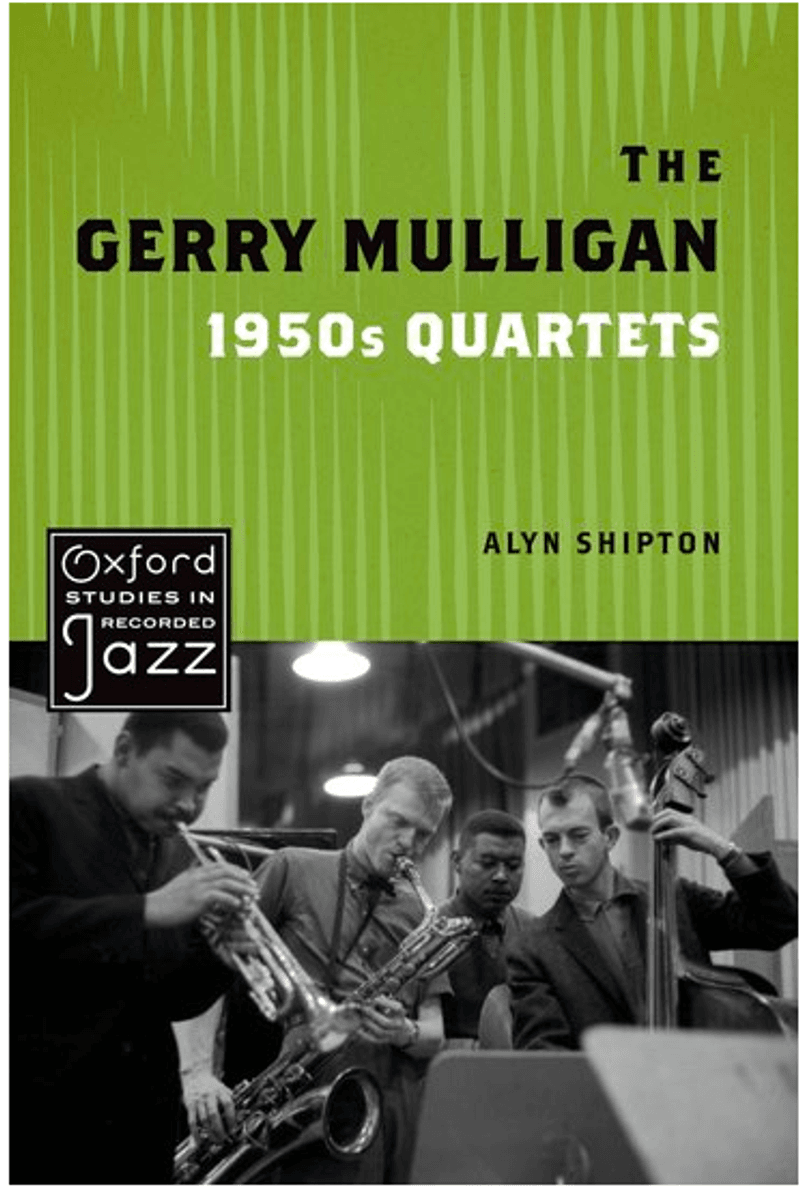
Alyn Shipton: The Gerry Mulligan 1950s Quartets (Oxford Studies in Recorded Jazz, Oxford University Press, July 2023)
The Gerry Mulligan Quartet, founded in Los Angeles in 1952, was widely acclaimed as the first small ensemble in jazz that did not include a chordal instrument such as a piano or guitar. Using original scores and detailed transcriptions of Mulligan's work, The Gerry Mulligan 1950s Quartets offers an intimate look at Mulligan's musical development from the initial quartet with Chet Baker to its successors with Bob Brookmeyer, Jon Eardley, and Art Farmer by Jazz Research Fellow and Lecturer in Jazz History, Alyn Shipton. The backdrop is an unparalleled account of his musical life from his teenage years to adulthood, analysing the ways in which his compositions and arrangements evolved through collaborations with Elliot Lawrence, Gene Krupa, and Claude Thornhill, culminating with Miles Davis's Birth of the Cool nonet. Featuring original interviews with many of Mulligan's associates, Shipton presents a fresh take on Mulligan's harmonic creativity, in the process tracing the ups and downs of Mulligan's heroin addiction, imprisonment, sobriety, and eventual musical triumph.
"In shining the spotlight on a defining period of Mulligan's career, Shipton leaves no stone unturned. A worthwhile addition to the literature on Gerry Mulligan and a valuable aid to understanding a transformative period of modern jazz." All About Jazz
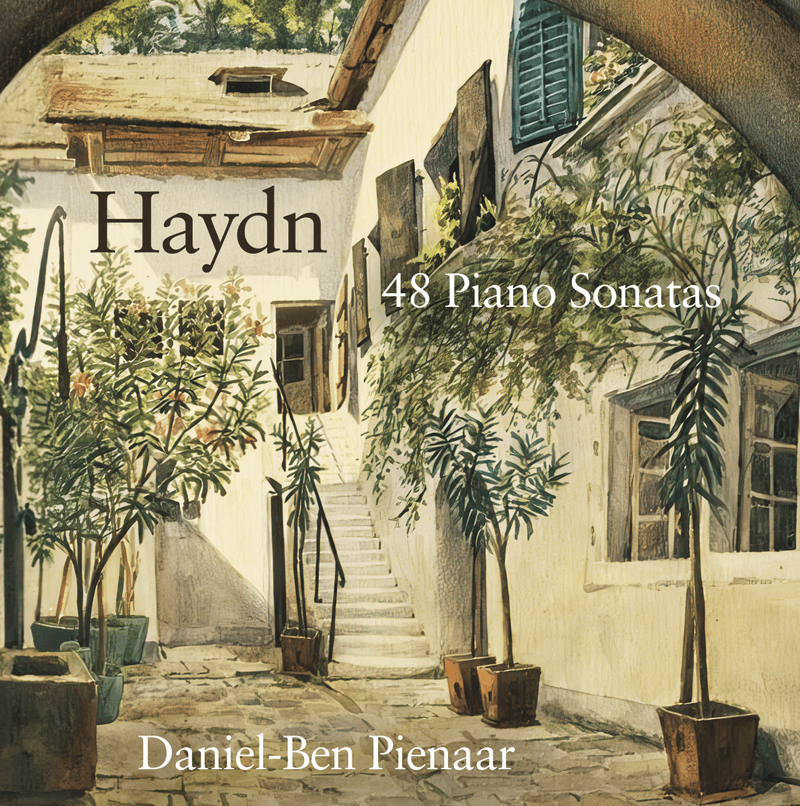
Daniel-Ben Pienaar: Haydn – 48 Piano Sonatas (Avie Records AV2578, August 2023)
Daniel-Ben's self-recorded 9-and-a-half-hour Haydn Piano Sonata cycle was published in August, described by Gramophone as 'lavishing on [the sonatas] sincere musicality, technical finesse and a care over detail... [His] Haydn playing illuminates the music with personality and a genuine point of view. No small achievement.' It was the subject of a focus piece in International Piano magazine (September issue) and Scala Radio's CD of the weekend on its release. It will also be featuring on in-flight entertainment playlists for major airlines soon! The cycle was recorded into a hand-held zoom recorder over eight nights of recording sessions in the Academy's Angela Burgess Hall in late 2020, using only the suspended in-house mic, without an engineer or producer. Daniel-Ben also edits his own recordings on Reaper and Sequoia. The idea was to tailor-make the recording process to directly capture the intimacy of the music-making, and the immediacy and surprises of discovering the sonatas over the three-month period during which they were recorded. Daniel-Ben Pienaar is Curzon Lecturer in Performance Studies.
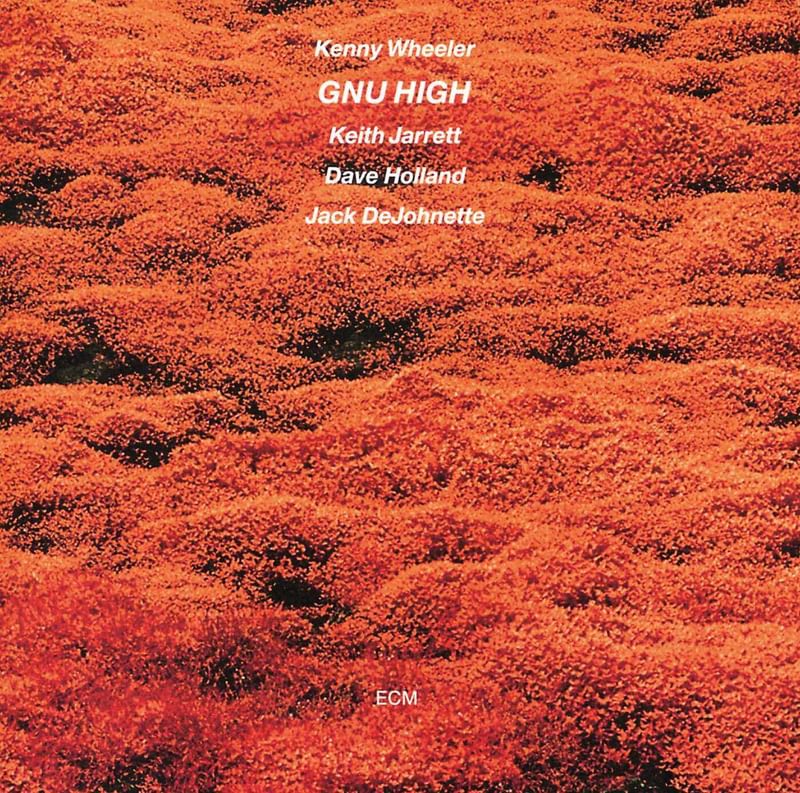
Nick Smart: Liner notes for the release GNU HIGH (Kenny Wheeler, Keith Jarrett, Dave Holland, Jack DeJohnette, ECM records, April 2023)
The iconic record label ECM commissioned Professor Nick Smart, Academy Head of Jazz Programmes, to contribute an essay for the liner notes accompanying the reissue of Kenny Wheeler’s seminal album Gnu High, as part of the label’s new Luminessence series. Recognised internationally as an expert in Kenny Wheeler’s musical life and legacy, Nick has undertaken residencies this year performing Wheeler’s classic works in the USA and most recently in Sydney Conservatorium during August. He has also just completed co-authoring the biography of Kenny Wheeler for a forthcoming release with Equinox Publications.
“As Nick Smart’s strikingly insightful notes reveal, this was also trumpeter Wheeler’s breakthrough recording following a period of restless experiment, and his first as a leader for ECM in what was to become one of the great recording careers of both the label and jazz in general.” London Jazz News, May 2023
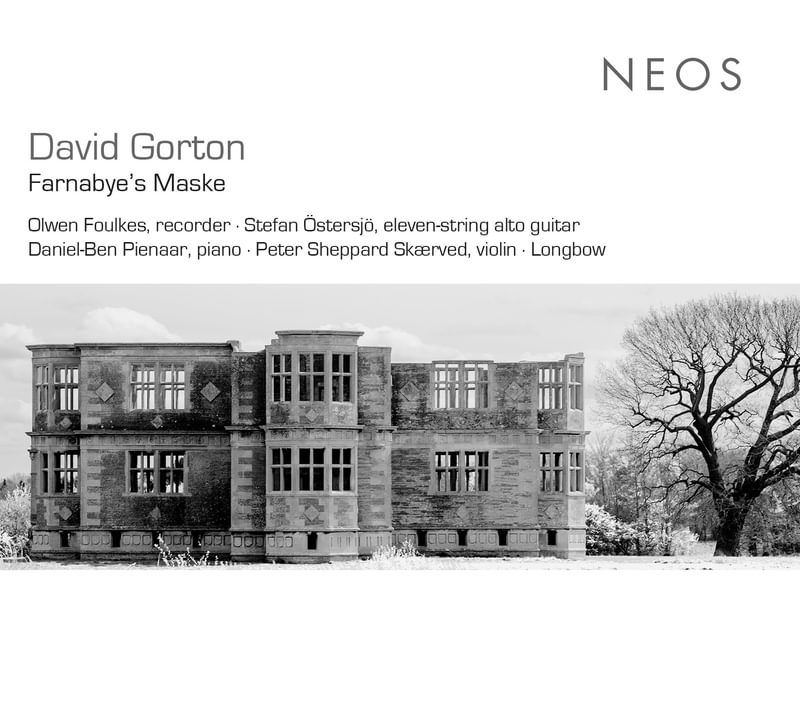
David Gorton: Farnabye's Maske (NEOS 12223, Neos Music GmbH, January 2023)
A new album of music by Academy Associate Head of Research, David Gorton was released in January 2023 with performances by Olwen Foukes, Stefan Östersjö, Daniel-Ben Pienaar, Peter Sheppard Skærved, and Longbow ensemble. The CD Farnabye's Mask is about music from the 17th century, not in the sense of a history or an analysis, but rather as a journey: a personal exploration of some of the music of that period. In an investigation of the interstitial space between ‘composing’ and ‘arrangement’, familiar and unfamiliar materials are brought together in an uncanny relationship.
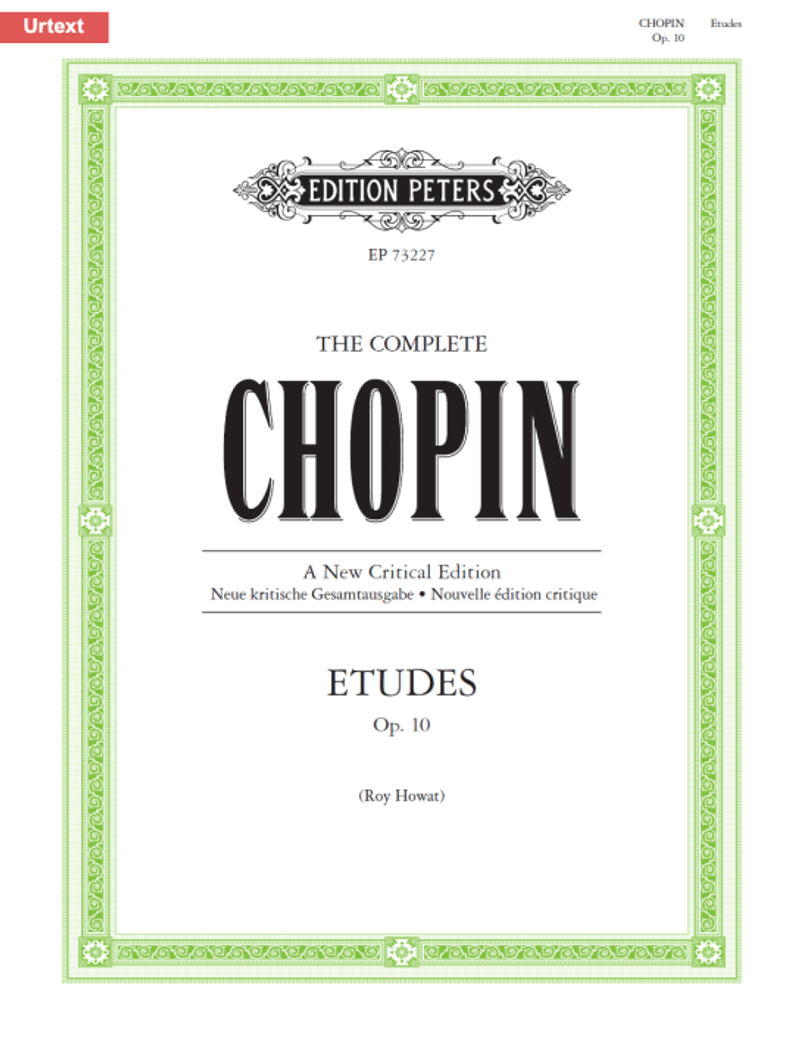
Roy Howat: Fryderyk Chopin, 12 Etudes, Op. 10, ed. Roy Howat. The Complete Chopin: A New Critical Edition (Leipzig, London, New York: Peters Edition, 2023, EP 73227, January 2023).
This new critical edition presents corrections, variants and other material absent from any other edition, and represents a considerable advance even on the recent Polish National Edition. " The latest arrival in Edition Peters’ Complete Chopin: New Critical Edition, this is a publication which will be of interest and importance to all students of the work" Andrew Eales, Pianodao, April 2023. The volume was given a launch at the Academy on 8 June, to a full Piano Gallery, in the form of a lecture-demo. Roy Howat is Keyboard Research Fellow at the Academy.
Roy Howat: Between and beyond the perforations in Debussy’s Welte rolls’ and ‘Debussy’s Welte roll of La plus que lente’; Chapters 3 & 15 in Claude Debussy: seine Klavieraufnahmen (Ed. Tihomir Popović & Peter Mutter, Hofheim am Taunus: Wolke Verlag, 2023)
The first of these chapters clarifies where and when Debussy made his series of Welte piano roll recordings in 1912, along with the technical circumstances, and what musical information we can reliably adduce from playing back the rolls (or hearing recorded playbacks made from them). With discussion of 13 of the 14 pieces he recorded. The second chapter clarifies the history of the remaining piece (La plus que lente), which has long been misreported in the literature, and discusses Debussy’s recording of it in relation to what we now know about the piece and Debussy’s intentions with it. The chapters are available open access in an E-book.
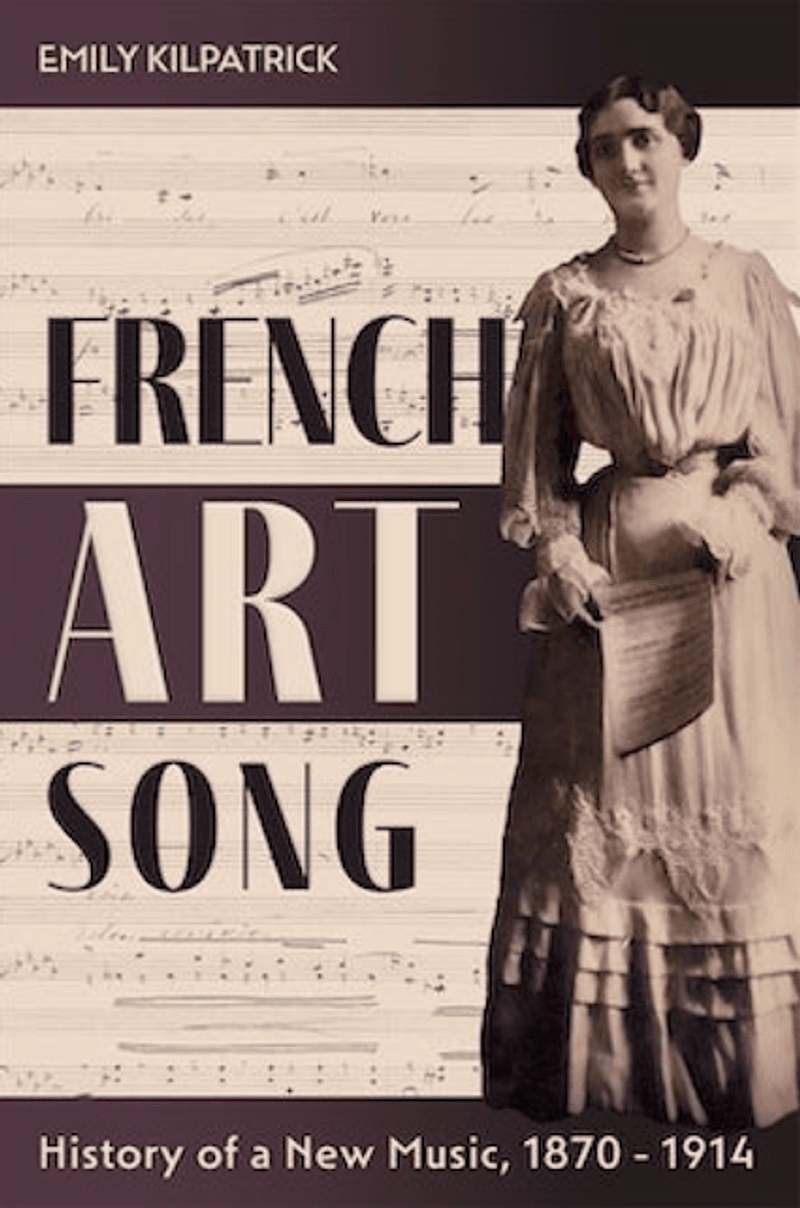
Emily Kilpatrick: French Art Song History of a New Music, 1870-1914 (Eastman Studies in Music, vol. 186, University of Rochester Press, November 2022)
French art song, or mélodie, was one of the most radical and exploratory artforms of the late nineteenth and early twentieth centuries. In this landmark history, Emily Kilpatrick charts the compositional preoccupations and literary stimuli, the critical narratives, creative collaborations and performance practices that shaped the genre between 1870 and the First World War. Interweaving cultural history with musical insight and a wealth of previously unpublished source material, she offers a wide-ranging and richly detailed account of the public and private faces of a new musical idiom.
‘‘To attempt a book that balances musical analysis with historical narrative and philosophical speculation is a tricky task, and Emily Kilpatrick deserves the highest praise for bringing it off so triumphantly.” Roger Nichols, BBC Music Magazine
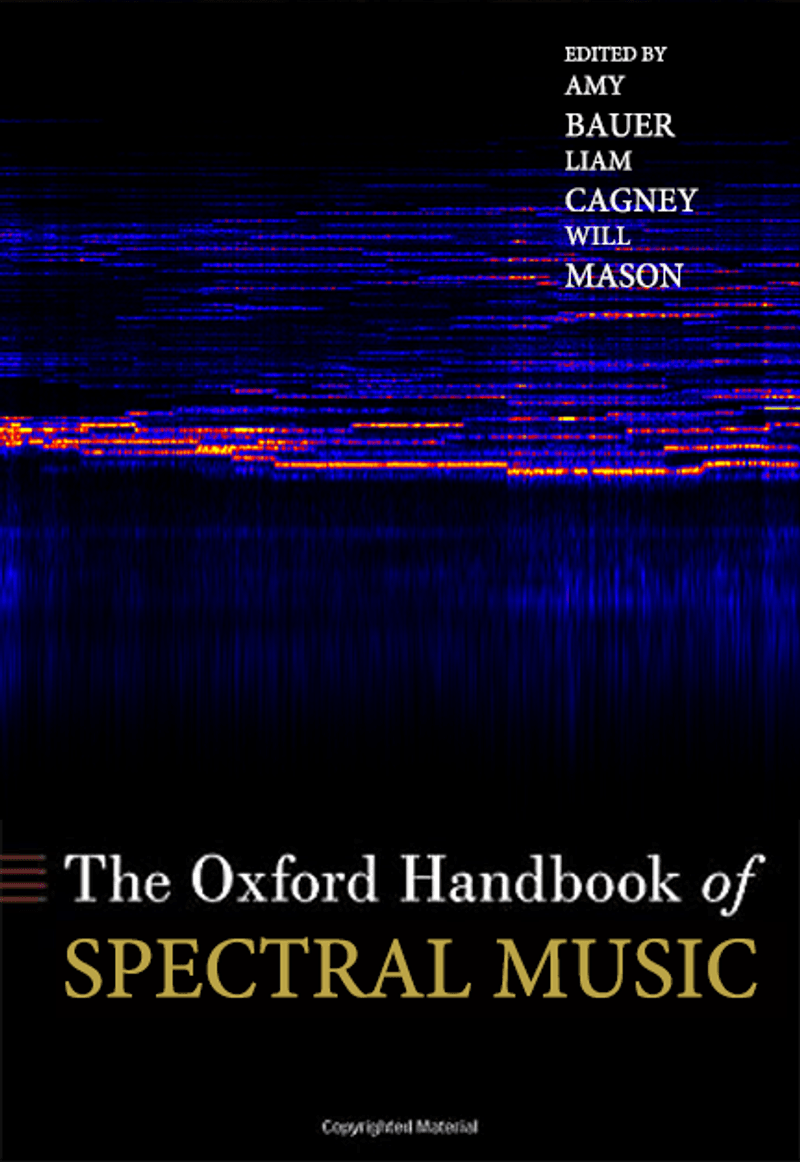
Robert Sholl: Jean-Louis Florentz and Spectralism and Olivier Messiaen: Spectralist in The Oxford Handbook of Spectral Music (Ed. Amy Bauer, Liam Cagney and Will Mason, December 2022)
The first of two book chapters, Jean-Louis Florentz and Spectralism uses unpublished written and radiophonic sources to create the first extended piece of writing in English on the French spectralist composer Jean-Louis Florentz (1947–2004). It examines Florentz’s inspiration in the natural world (especially birdsong) and the relationship between his voyages and his music. It reveals that his sense of the sacred, the role of the composer, his restless searching throughout the world for the experience of alterity, enabled the creation of a spectral music that was an offering, a form of meditation, of testament, and of praise. It examines his output through the spectral resources of the organ and his thinking about musical materiality, and connects these to ideals of beauty and mysticism, alterity, and the liminal that empowered his use of spectralism.
The second chapter by Robert Sholl included in The Oxford Handbook of Spectral Music examines Messiaen as spectralist composer. It follows the trajectory of his compositional development and connects Messiaen’s religious-modernist aesthetics with synaesthesia and colour, to the organ, and to religious mysticism. It reframes Messiaen’s music through discourses from Lacanian psychoanalysis, and examines how liminal concerns of glory, listening, narrative, and meaning create a form of mutual critique between Messiaen and the école spectrale.
